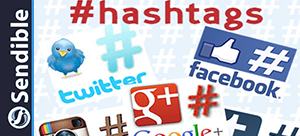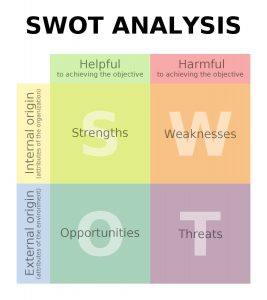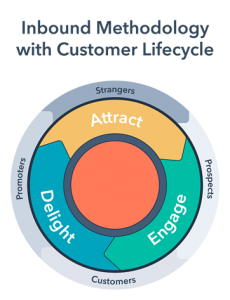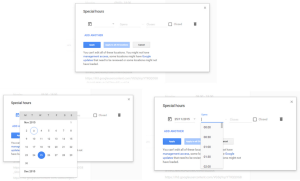 The hashtag has proven to be an effective model for businesses and individuals to keep themselves engaged in relevant conversations while tracking their social media reach. Though most people associate the hashtag system with Twitter, it wound up becoming so effective that a myriad of other social networks have adopted this scheme. To jump on the bandwagon, it helps to understand the way hashtags are supported on common networks you may use.
The hashtag has proven to be an effective model for businesses and individuals to keep themselves engaged in relevant conversations while tracking their social media reach. Though most people associate the hashtag system with Twitter, it wound up becoming so effective that a myriad of other social networks have adopted this scheme. To jump on the bandwagon, it helps to understand the way hashtags are supported on common networks you may use.
Facebook hashtags are a little more unique in how they unite concepts. You can theoretically add an unlimited amount of hashtags to any post. While this sounds like it’s excellent for maximizing your reach, that’s actually a little bit deceiving.
Facebook doesn’t allow a direct search for hashtags through its search bar. The only way to find posts related to a hashtag is to click on the hashtag when you see it. There is a shortcut, although it’s not promoted. If you manually visit facebook.com/hashtag/(search term), you will then be directed to a page where you see all results in aggregate, with posts by those in your network showing up closest to the top. Facebook hashtags tend to work best when you’re attempting to cash in on something that’s already viral.
Instagram caps hashtags at thirty per post, which is more than enough to get your point across. If you left out some hashtags you feel are important, you can retroactively place them in the comments section of your photo, and Instagram will consider them valid. Instagram’s search results display in ascending order, so newest posts will show at the top.
On Instagram, people utilize hashtags to find people they have something in common with. There are also a number of games and challenges that involve posting with a specific hashtag, and the people who participate in those often look at what others have posted. They’re also interested in finding people in their own areas, so using hashtags that reflect your current location will also boost your visibility.
Tumblr
Tumblr is essentially a blog site, so hashtags work like general post tags. This makes Tumblr’s hashtags unique, because you’re able to include numbers, spaces, and characters which are forbidden by most other social networks.
Tumblr is a big place to investigate trends and curate content. Because of this, people will often spend a great deal of time looking at the things that have been posted under a specific hashtag. If you’re following Tumblr’s trends, just adding the proper hashtags can direct tons of visitors to your blog.
Flickr
Flickr supports hashtags, but they don’t actually seem to make a difference. They don’t do anything to improve your presence and are mainly used as an organizational tool. You can add hashtags for your own personal benefit, but they’re never going to reach other users.
Much like Flickr, Pinterest supports hashtags, but you really can’t do anything with them. The search function turns the hashtag into a broad search term that won’t necessarily direct you to the content you’re looking for. It’s never a bad idea to use a hashtag for branding, but the hashtag only really serves as decoration.
Google Plus
This is the only network that will automate hashtags for you. When you’ve posted an update, the system will take the liberty of adding hashtags it believes are relevant to your content. These hashtags will unite you with a broader group of people that you may not already be connected with. In function, hashtags on Google Plus serve as an exploratory tool rather than a promotional trend.
Digital & Social Articles on Business 2 Community
(57)









